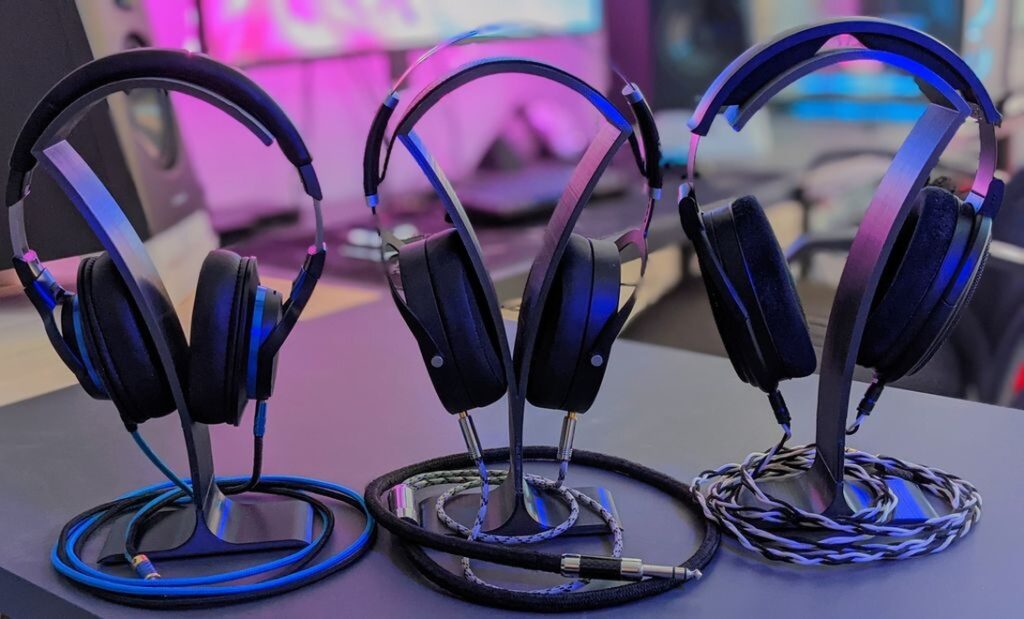In the ever-evolving landscape of audio technology, spatial audio has emerged as one of the most significant innovations of the 21st century. This revolutionary approach to sound reproduction is fundamentally changing how we experience music, movies, gaming, and virtual reality content.
What is Spatial Audio?
Spatial audio, also known as 3D audio or immersive audio, is a technology that creates a three-dimensional sound experience by simulating how we naturally hear sounds in the real world. Unlike traditional stereo audio that only provides left and right channel information, spatial audio encompasses sounds from all directions – above, below, and around the listener.
The technology works by utilizing advanced algorithms and processing techniques to position sounds in a virtual 3D space. This creates an incredibly realistic and immersive listening experience that makes you feel like you’re truly present in the environment where the audio was recorded or designed.
Key Technologies Behind Spatial Audio
Binaural Recording
This technique uses specialized microphones placed in a dummy head or human ears to capture audio exactly as our ears would hear it. The result is incredibly realistic 3D audio that preserves the natural spatial cues our brain uses to locate sounds.
Object-Based Audio
Instead of traditional channel-based mixing, object-based audio treats individual sounds as objects that can be precisely positioned in 3D space. This allows for more flexible and accurate sound placement across different playback systems.
Head-Related Transfer Functions (HRTFs)
HRTFs are mathematical models that describe how sound waves interact with our head, torso, and outer ears. These functions help audio processors recreate the subtle acoustic cues that our brain uses to determine sound direction and distance.
Spatial Audio Formats and Standards
The spatial audio landscape includes several competing formats and standards:
- Dolby Atmos – The most widely adopted format for cinemas and home theaters
- DTS:X – A flexible object-based audio format competing with Dolby Atmos
- Sony 360 Reality Audio – Designed specifically for music streaming and headphone listening
- Apple Spatial Audio – Apple’s implementation featuring head tracking and dynamic audio adjustment
- Windows Sonic – Microsoft’s platform for spatial audio on Windows and Xbox
- Ambisonic Audio – An open standard particularly popular in VR applications
Industry Adoption and Market Impact
The adoption of spatial audio has been remarkably rapid across various industries:
| Industry | Adoption Rate | Key Benefits | Popular Formats |
|---|---|---|---|
| Streaming Services | 85% | Enhanced user engagement, premium content differentiation | Apple Spatial Audio, Sony 360RA |
| Gaming | 70% | Improved immersion, competitive advantage | Windows Sonic, Dolby Atmos |
| Cinema | 95% | Premium viewing experience, increased ticket sales | Dolby Atmos, DTS:X |
| VR/AR | 90% | Essential for realistic virtual environments | Ambisonic, Custom solutions |
| Automotive | 45% | Luxury feature, improved passenger experience | Dolby Atmos, Proprietary systems |
Benefits for Content Creators and Consumers
For Content Creators
Spatial audio opens up new creative possibilities for artists, filmmakers, and game developers:
- Enhanced storytelling through precise sound placement
- Greater emotional impact and audience engagement
- Competitive differentiation in crowded markets
- Future-proofing content for emerging playback technologies
For Consumers
The benefits for end-users are equally compelling:
- More immersive and realistic audio experiences
- Better sound localization in gaming and VR
- Reduced listening fatigue during extended sessions
- Enhanced accessibility for hearing-impaired users through spatial cues
Technical Requirements and Equipment
For Optimal Spatial Audio Experience
To fully appreciate spatial audio, certain equipment and setup considerations are important:
- Compatible Playback Device – Smartphones, tablets, or computers with spatial audio processing capabilities
- Quality Headphones – While any headphones work, high-quality models provide better results
- Speaker Systems – For home theater setups, height speakers or upward-firing drivers are recommended
- Content Sources – Access to spatial audio content through compatible streaming services or media
- Processing Power – Sufficient computational resources for real-time audio processing
Challenges and Limitations
Despite its impressive capabilities, spatial audio technology faces several challenges:
- Content Availability – Limited catalog of spatial audio content compared to traditional stereo
- Format Fragmentation – Multiple competing standards create confusion for consumers and creators
- Processing Requirements – Real-time spatial audio processing demands significant computational power
- Individual Variations – HRTF differences between individuals can affect the quality of the experience
- Cost Barriers – Premium equipment and licensing fees can be prohibitive for smaller creators
The Future of Spatial Audio
Looking ahead, several exciting developments are shaping the future of spatial audio:
Artificial Intelligence Integration
AI algorithms are being developed to automatically convert stereo content to spatial audio, making the technology more accessible and expanding the available content library.
Personalized HRTFs
Researchers are working on systems that can quickly measure and customize HRTFs for individual users, improving the accuracy and effectiveness of spatial audio reproduction.
Wireless and Portable Solutions
Advances in wireless audio transmission and battery technology are making high-quality spatial audio experiences more portable and convenient.
Integration with Emerging Technologies
Spatial audio is becoming integral to augmented reality (AR), mixed reality (MR), and metaverse applications, where realistic audio is essential for believable virtual environments.
Conclusion
Spatial audio represents a fundamental shift in how we think about and experience sound. As the technology continues to mature and become more accessible, we can expect to see its adoption accelerate across all forms of media and entertainment.
For audio enthusiasts, content creators, and technology professionals, understanding spatial audio is no longer optional—it’s essential. The question isn’t whether spatial audio will become mainstream, but rather how quickly it will transform our entire audio landscape.
As we move forward, the combination of improving technology, growing content libraries, and increasing consumer awareness will drive spatial audio from a premium feature to a standard expectation. The future of audio is three-dimensional, and that future is arriving faster than many anticipated.



